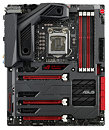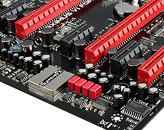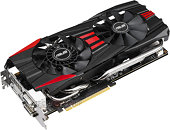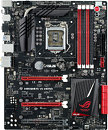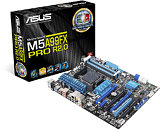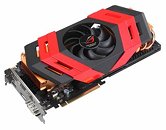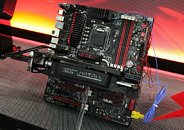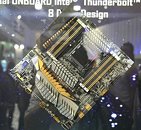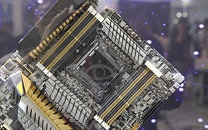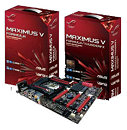
ASUS ROG Rampage IV Black Edition Breaks Five Overclocking World Records
At the OC Main Event in San Francisco, co-hosted by ASUS, Corsair and Intel, the ASUS Republic of Gamers (ROG) Rampage IV Black Edition motherboard was used to break five overclocking world records. Combining the Rampage IV Black Edition motherboard with ASUS GeForce GTX Titan graphics cards, the latest 4th generation Intel Core i7 Extreme Edition processors and Corsair Vengeance Extreme and Dominator Platinum DDR3 memory, world-renowned members of the international overclocking community worked with ROG engineers to claim new top scores with the 3DMark 11Entry, 3DMark 11 Performance, 3DMark Fire Strike, Cinebench, and quad-channel memory frequency.
"We are proud that previous ASUS X79 motherboards have dominated overclocking rankings by breaking 26 world records since the chipset launch," said Jackie Hsu, ASUS Corporate Vice President and General Manager of Worldwide Sales, Open Platform Business Group. "The accomplishments we demonstrated here at the OC Main Event San Francisco are a testament to what is achievable by combining world-class R&D with incredible talents from the enthusiast community." Xavier Laurent, Director of Product Marketing for Corsair adds "As a company that creates products by enthusiasts for enthusiasts, collaborating with like-minded partners ASUS and Intel to break world benchmarking records using Corsair Dominator Platinum and Vengeance Pro memory was a natural fit. The success of the OC Main Event San Francisco demonstrates the continued strength of the enthusiast community and validates our commitment to this portion of the ecosystem."
"We are proud that previous ASUS X79 motherboards have dominated overclocking rankings by breaking 26 world records since the chipset launch," said Jackie Hsu, ASUS Corporate Vice President and General Manager of Worldwide Sales, Open Platform Business Group. "The accomplishments we demonstrated here at the OC Main Event San Francisco are a testament to what is achievable by combining world-class R&D with incredible talents from the enthusiast community." Xavier Laurent, Director of Product Marketing for Corsair adds "As a company that creates products by enthusiasts for enthusiasts, collaborating with like-minded partners ASUS and Intel to break world benchmarking records using Corsair Dominator Platinum and Vengeance Pro memory was a natural fit. The success of the OC Main Event San Francisco demonstrates the continued strength of the enthusiast community and validates our commitment to this portion of the ecosystem."





